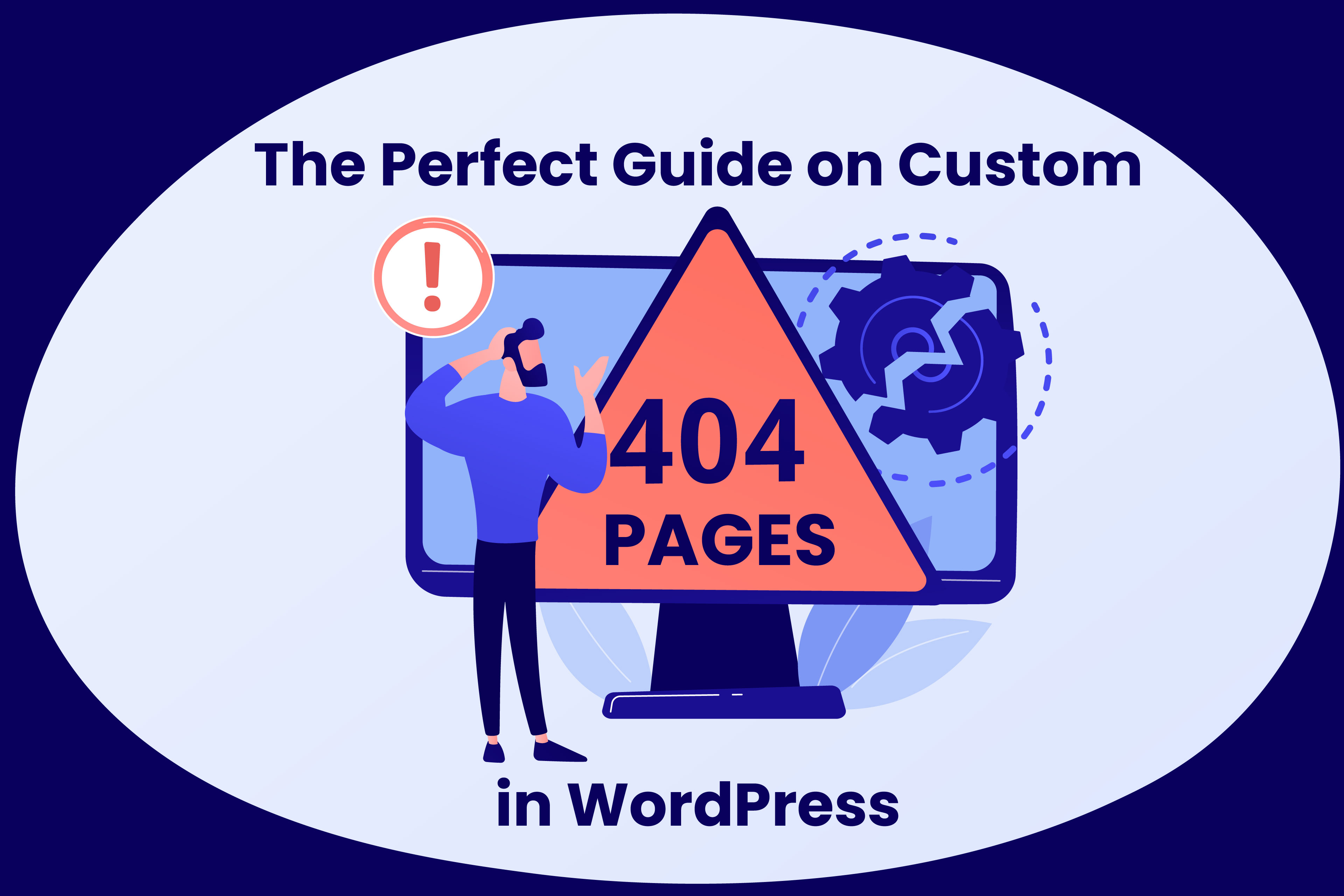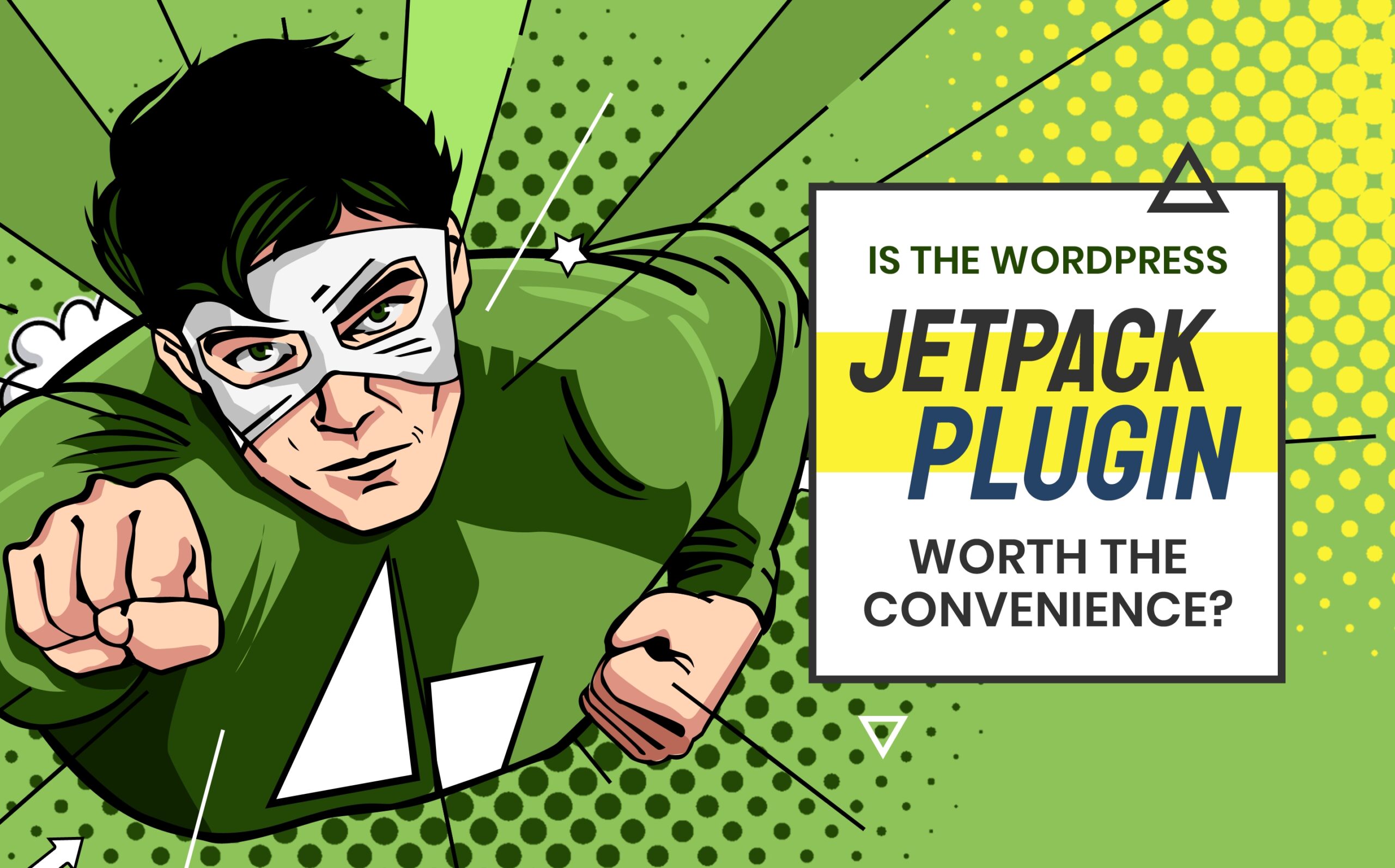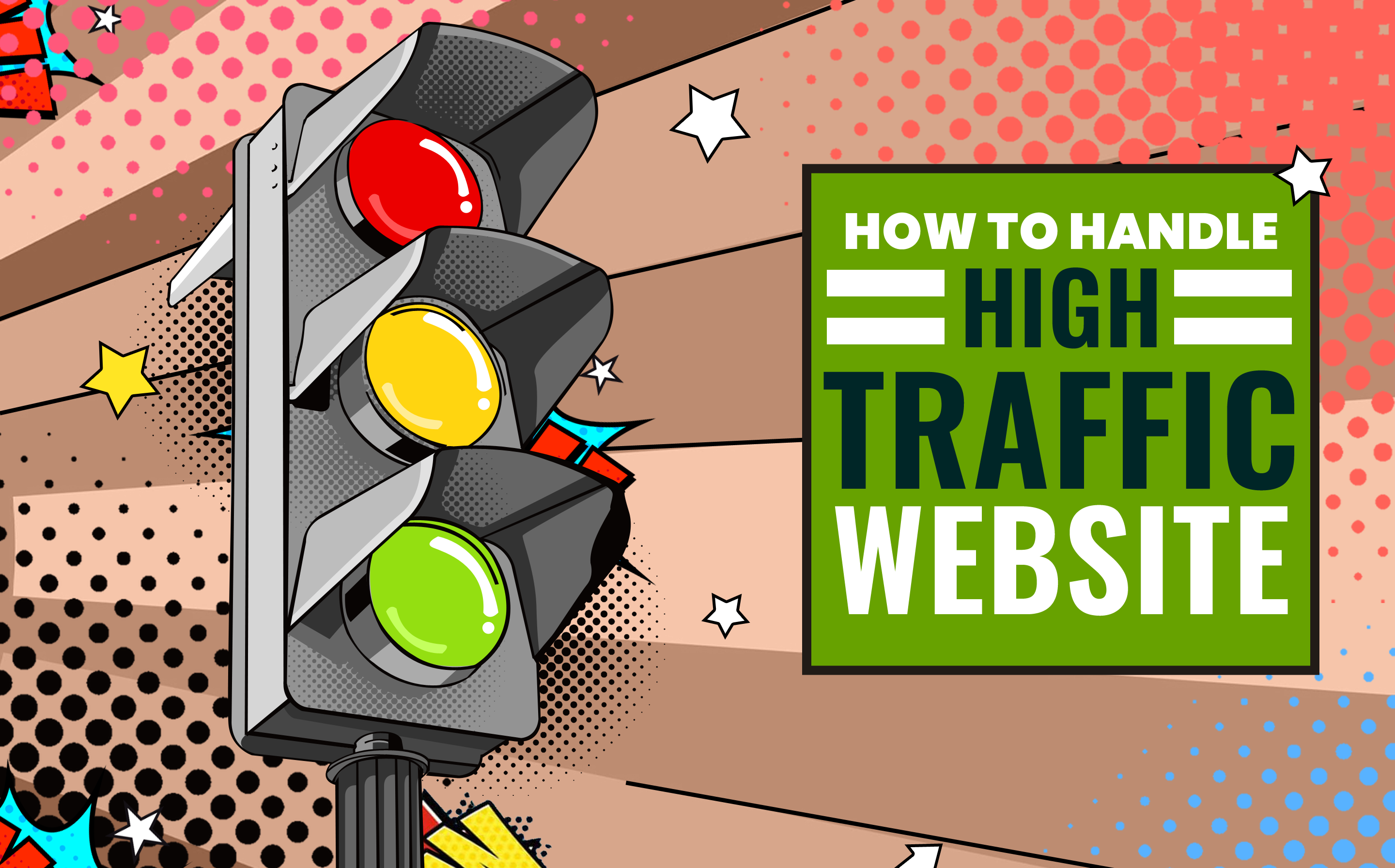How to Handle High Traffic Websites?
You wake up one day and see there’s a two or threefold increase in high-volume traffic websites. Yippee! Finally, you’ve made it. A few days later, you get a notification from your web host or web monitoring service saying your site is inaccessible. What’ll you do about the surge?
Good. You’ve got the traffic. That’s a plus because your site is drawing more visitors. But on the contrary, it’s a bad thing that your site is down. Think about all the folks who had been toying with the idea of shopping from your site or store only to find an HTTP status code saying your site is inaccessible. The downtime could you look as bad as any other site owner with terrible web design or a slow website.
What Are You Going To Do?
I’ll show you exactly how to anticipate and prepare your site for a traffic increase. You’ll also learn what exactly you ought to do when your site crashes or loads slowly following a traffic spike.
Learn to Predict Sharp Rises in Website Traffic
Your website is getting more traffic than you had anticipated. That’s awesome. Why? You’re now seeing more visitors streaming to your well-designed and fast-loading website design with good selling points. It could be hundreds or even thousands per day. One day the numbers could be higher, but one thing remains- the numbers keep rising.
Though sharp increases in traffic could be a good indicator of the performance of your website, the impact it may have especially if you’re not well prepared, can be costly. For example, it could make your web pages load agonizingly slow or bring your website design down and offline. Both ways, visitors will be greatly inconvenienced and unhappy.
Look at it this way.
- Customers and visitors realize that something is wrong with your website design. Pages may be loading slowly, or access blocked. Whatever the issue, they’ll leave.
- You’ll be compelled to contact your web host to troubleshoot and restore the site. Who knows? They may ask you to buy more space if you’ve run out of it.
- Chances are, you may have to clean the site even if access is restored to minimize the potential of damage from the upsurge in traffic.
- Your reputation could be at stake because customers now realize how unreliable your web design services are. As a result, you may have to apologize and inform them of the service outage at the end of the day.
The bottom line is you’re likely to lose time, money, and even new customers just because you had not foreseen the problem. Below are some of the things you should do as you try to predict when a surge may occur.
Create a Performance Benchmark of the Website
Sift through the analytics of your site for a couple of weeks. Then, take time to evaluate the traffic potential of your web design services. Use the standard you’ve set plus the small changes in daily traffic to predict the outcome in the next couple of months or a year. Once you understand the growth pattern, you will find it easier to identify any changes that could foretell a potential spike in traffic.
Assess the Minor Increase in Traffic
Though a small increase in traffic may not be a cause for concern, it should at least make you curious to know what exactly happened that day. This makes it very important for you to examine analytics every day. Check the small increases and dig deeper to uncover the main cause. Some of the key questions you should ask yourself are:
- Where did the traffic your website come from (website or place)?
- Do you notice a sharp rise in traffic on certain days or times?
- Is there a specific event that happened right before the surge in traffic?
Look at the small surge like the way you via a tremor. Though the spikes may cause no problem at first, there are many things you can learn to prepare for a big wave of traffic.
Monitor Site Activity
Obviously, you want to know what’s happening in terms of the number of visitors, but it’s just as important to watch for other signs of growing interest. Keep a close eye on the comments section of your blog. Stay in the know whenever someone signs up for your newsletter, RSS feed, and so on, too. If you’re suddenly seeing many new followers and engagement with your posts, something may be brewing.
Think about your Marketing
Don’t lose sight of your marketing campaign when you’re offline. Monitor and nurture content plus the campaign. Both will tell you how it’s faring and also help you get your site ready for any traffic that it generates.
Getting your WP Site Ready for Traffic Spikes
Like a flash flood, there are no early warning signs that tell when a surge is about to happen. One of your earlier blog posts may go viral, or a business gets mentioned in a high-traffic blog, and you overlook the pingback. Or it could be you’re giving a freebie to a couple of subscribers.
Whatever the reason, you should always be ready for a traffic surge. Anticipating the spike isn’t enough. You need to stay abreast and make serious preparations in the following ways.
#1. Upgrade Web Hosting
The most important thing you should do is reconsider your hosting service. Switch from shared hosting plans to a scalable plan whenever you notice a spike in traffic or steady rise or whenever you want to increase. Migrating to a dedicated hosting account gives you more storage space. Don’t wait for your host to issue you with a notice of pulling down your site. With a VPS, you won’t have to deal with downtime or other negative effects associated with shared hosting servers. Clouding hosting is another good option. Talk with your web host and seek guidance if you’re not sure of what to do.
#2. Use a Content Delivery Network (CDN)
A VPS alone isn’t enough to speed up your site or guarantee you uptime. It would be best if you used a CDN to deliver content. It will come in handy, especially if you have a content-heavy site. In addition, some visitors don’t have the privilege of accessing sites whose servers are closer to home. With a CDN, you are guaranteed good speed and reliability of service regardless of a visitor’s location.
#3. Install a Caching Plugin
Caching is an important aspect of improving site speed though it’s one of the most overlooked. Plugins such as W3 Cache will ease traffic pressure on your service by ensuring that content is rendered on their browsers as quickly as possible. Some plugins allow you to minify and compress HTML, JavaScript, and CSS files on your WP site. Additionally, tools such as SEO Site Checkup can help you determine whether caching is enabled on your site.
#4. Smush Images
Images and dynamic content such as animations have a direct impact on site speed. Think about what would happen during a surge. The bigger their file size, the more time they’ll take to render on a page. To avoid flash, if possible, though fancy, they make your pages load slowly. If you’re going to upload multiple images, make sure that you compress them. It Must is a good plugin for optimizing images on your WP site. You can slash their size by 50%.
#5. Stress-test your site
Some people only check whether their sites have caching issues or not and leave it there. Take a step further by stress testing it. Several tools allow you to hypothesize surges and determine how well your site can perform while it’s being bombarded by traffic. Within a minute, you can see the server limit and use the data to make a plan to improve your site.
#6. Monitor Web Design Performance
Though a surge in traffic may be a one-time event, you ought to be prepared and keep in mind it could be an indication of a big wave. Sign up for a website performance monitoring service whenever you realize that traffic is no longer predictable. The same case applies if you’re concerned about stretching the limits of the web host plan. This will allow you to check for uptime problems and monitor the experience of visitors to your site.
#7. Use Security Plugins
Not all traffic is good! News stories about how major network sites and organization sites such as Sony and Twitter have been taken down by massive traffic onslaught. The DDoS slows down a website’s performance and gradually makes it inaccessible to visitors. What would happen to your site if hackers struck? Make sure that you secure your website so that no matter which targets it, no one can access it.
#8. WordPress CMS
WordPress is the “King of CMSs.” It’s super easy to use, meaning you won’t mess around when working. Being lightweight, you can expect it to handle a surge in traffic better. You can gzip files and cache them to improve page load time. Remove any unused themes, images, and plugins and delete draft posts and images.
Final Thoughts
It doesn’t matter how many faithful visitors or customers you have. It only takes downtime to ruin the confidence they had in you. So what’s the best strategy for keeping people on your site?
The first thing is to know your web traffic like the back of your hand so that it becomes easy to tell and act before a surge. Two, remember to create a post-crash or downtime plan should things go wrong. Finally, back up the site daily, save the contact details of your host, and keep customers updated via email or social media.
If you need further help on this topic, Web Digital can help you in many ways. Aside from offering web design services, we also provide web hosting and other plans. We’re a well-established web design specialist (NZ), and we can help your small business web design needs with our assorted website design package in NZ to choose from. To get more information about digital services in NZ and website design services in Auckland, contact Web Digital!










